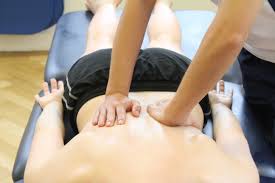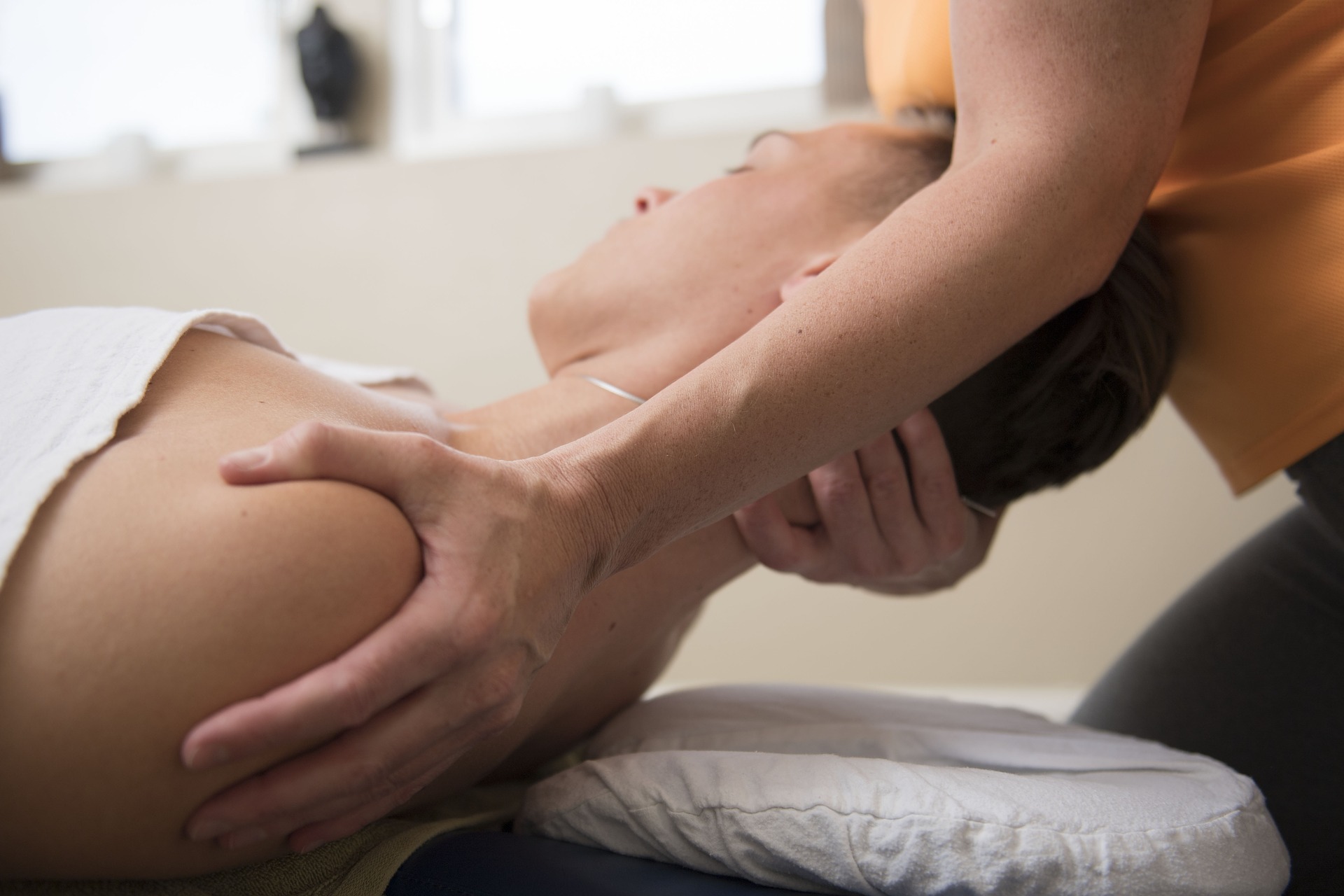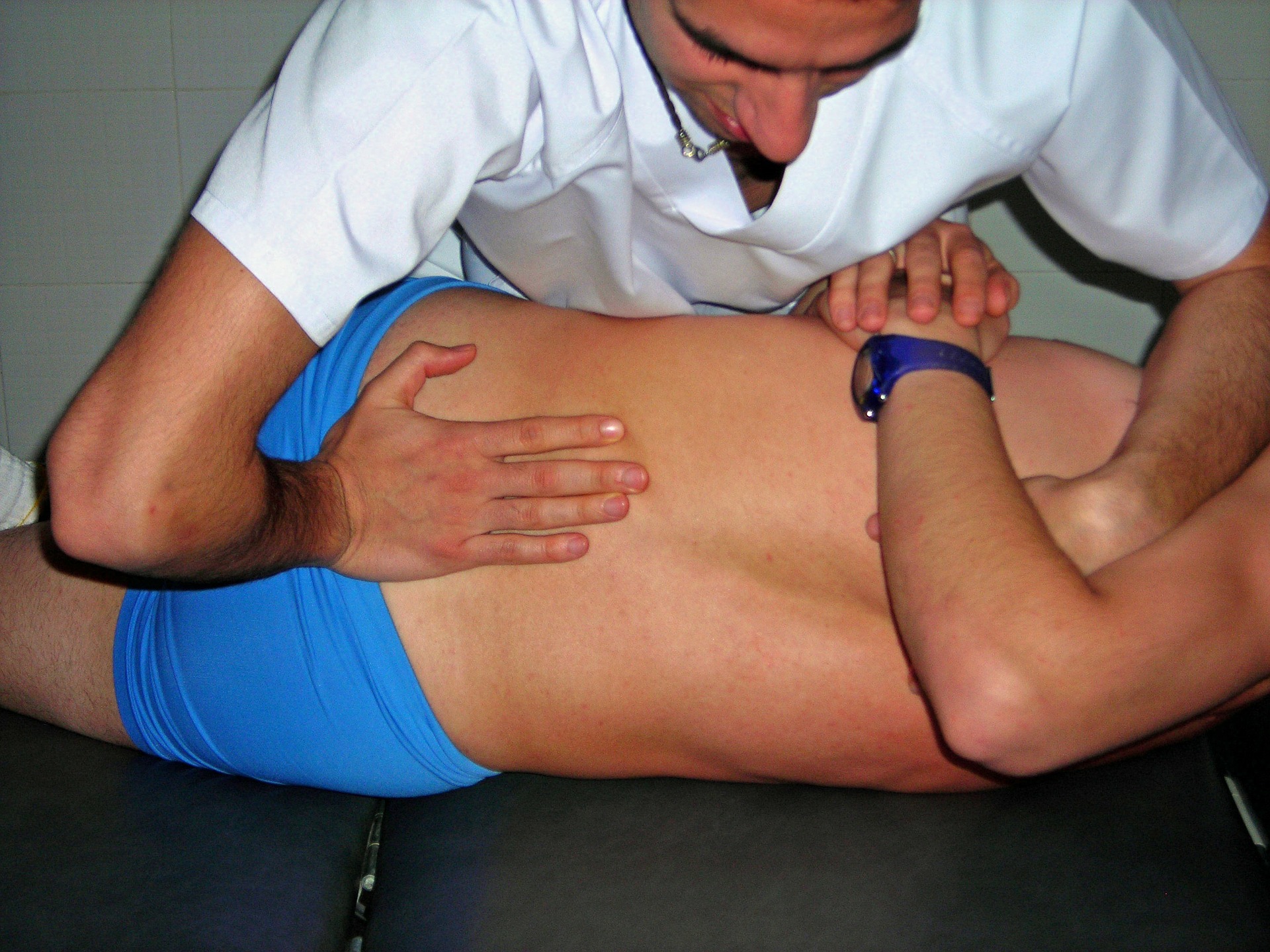For several millennia, healers have been practicing techniques that have an impact on viscera, that is to say the organs contained in our cavities thoracic et abdominal (liver, heart, lungs, kidneys, intestines, pancreas…).
Osteopathy visceral is a practice of medicine alternative which considers that our organs can accumulate tensions, present irritations, suffer from restrictions in their movements and disturbances in the interactions they have with the organs and tissues which surround them. According to her, the different parts of the body are interconnected, and by acting on a given area, we obtain an effect on another area located nearby or at a distance.
For example, by treating a blockage at the vertebral level, we could obtain an improvement in digestive symptoms!
What is visceral osteopathy?
Osteopathy visceral is a set of technical manual which aim to improve the functioning of the viscera.
Some define it as an alternative therapy that aims to restore mobility to an organ or to reduce the abnormal stresses it imposes on its environment.
Indeed, osteopathy considers the système visceral as a whole. The different organs that articulate with each other. Some have fibrous membranes (ligaments, omentums) that connect them to neighboring structures. They are constantly in motion, in particular due to respiratory movements. This is why they are compared to joints.
The osteopath specialized in visceral osteopathy, thanks to precise manual techniques, acts on the tensions which are created at the level of the fascias (membranes such as the ligaments and omentums) in order to relax them and restore the freedom of movement of the viscus and its neighboring structures.
It should be remembered that osteopathy considers the human body as a whole. In addition to the links that exist between the different organs, there are systems that attach them to the walls: these are fascia. They make it possible to anchor the viscera to the musculoskeletal thoracic framework and to the abdominal wall.
For example, with regard to the thoracic cavity, it is the last ribs, the dorsal spine (spine dorsal) and sternum; and with regard to the abdominal cavity, it is the iliac bones, the sacrum and the coccyx.
Visceral osteopathy: mechanical or fluidic approach?
Visceral osteopathy has two main approaches, which are often complementary:
The mechanical approach
According to this current of visceral osteopathy, the intra-thoracic and intra-abdominal organs have a mobility punctuated by respiratory movements and influenced by the structures that unite them with other organs.
Anomalies in the functioning of organs are then considered to be the consequence of a loss of this physiological mobility.
The treatment will therefore consist in implementing manual techniques on different organs in order to restore their freedom of movement, and thus their normal running.
In practice, the techniques of this approach can be painful. Nevertheless, the results are often quick and significant.
The fluidic approach
This approach focuses on the organ motility. It takes into account the movements of small amplitude, slow and invisible to the naked eye of the various organs, particularly digestive.
The practitioner looks for these movements by testing the viscera one by one in order to treat them accordingly (motility test).
The fluidic approach is softer than the mechanical approach. His techniques are generally painless, even pleasant.
At present, there is no scientific study that explains the mechanism of these organ motility movements. However, the empirical effects of the fluidic approach observed in many patients are very promising.
What are the indications for visceral osteopathy?
There are many indications for visceral osteopathy. Thanks to precise manual techniques, she participates in the treatment:
- Musculoskeletal disorders: visceral osteopathy is able to correct the anomalies of interaction between the viscera and the rest of the body. In particular, it would be able to participate in the treatment of chronic dysfunction of the spine, headaches, joint pain, sciatica, carpal tunnel syndrome…
- Digestive disorders: by improving the mobility of the digestive organs, visceral osteopathy could treat the problems of bloating, postprandial heaviness, chronic constipation, chronic diarrhea, nausea, gastroesophageal reflux and swallowing disorders.
- Gynecological disorders: visceral osteopathy is sometimes useful in case of pelvic pain chronic conditions, endometriosis or ovarian cysts. It also presents a complement in the management of dysmenorrhea (painful menstruation) and the effects of menopause.
- Urinary disorders: such as recurrent urinary tract infections and urinary incontinence.
- Urological disorders: it would have a positive effect on certain dysfunctions of the prostate, certain types of testicular pain and urinary incontinence.
- Pediatric problems: visceral osteopathy represents an interesting complementary treatment in certain pediatric pathologies such as gastritis, chronic constipation, persistent vomiting, colic, torticollis and vesicoureteral reflux (upflow of urine from the bladder to the ureters and kidneys).
- Emotional issues: visceral osteopathy would find indications in certain conditions such as anxiety, depression and post-traumatic stress disorder.
- Sleep disorders: thanks to the treatment of certain functional digestive, nervous or psychic anomalies, visceral osteopathy can allow a return to normal sleep function.
Relationship between visceral damage and low back pain
Lower back pain can be the result of an abnormality in one or more abdominal viscera. This relationship is explained by two mechanisms according to the visceral osteopathic approach:
The first is a mechanism nervous. When an abdominal viscus is the seat of pain, the nervous system interprets the pain signal not only at the level of the zone concerned (the viscus), but also at the level of the dermatome, the myotome, the angiotome and the sclerotome (represented by the skeleton, here vertebrate) corresponding to the territory affected.
NB:
- Dermatome: skin area innervated by nerves from a single spinal nerve root.
- Myotome: set of muscles innervated by the same spinal nerve root.
- Angiotome: set of blood vessels innervated by the same spinal nerve root.
This is how a stomach ache can cause lower back pain. In particular by reflex contraction and muscle tension at the level of the myotome.
The second mechanism is the action of attachment means viscera on bony structures. To better understand, let's take the example of low back pain secondary to menstruation.
Indeed, during menstruation, the uterus is the seat of strong contractions which aim to eliminate blood and tissues. It then causes forces of attraction on nearby bony structures through its means of attachment (ligaments and other supporting tissues from the uterus to neighboring organs). This causes muscle tension in the lumbar region, causing pain.
Visceral Osteopathy: Dangers and Side Effects
There is only very few absolute contraindications visceral osteopathy treatment. But certain techniques and manipulations are contraindicated in specific conditions.
If the osteopath detects signs of acute infection, recent trauma or inflammation, he will prefer to postpone the session to allow the body to heal; or possibly refer the patient to his attending physician to benefit from adequate care.
Osteopaths generally act with great caution. When they suspect in their patients a disease reaction, they do not hesitate to talk to them about it and advise them to go to a general practitioner or specialist.
The only danger of resorting to visceral osteopathy is to cause a delay in the management of a potentially serious pathology or one requiring urgent treatment. It is therefore important to always go through the “medical consultation” box before considering other alternatives for treatment.
Here are some absolute contraindications of visceral osteopathy:
- Pregnancy (no technique will be used in a pregnant woman).
- Cancer digestive (cancer of the liver, colon, stomach, etc.).
- Cancer osteophile (i.e. a cancer with a high risk of becoming complicated by bone metastases cancers of the breast, prostate, kidney, lung and thyroid).
- Recent digestive surgery.
- Fever or other sign of infection.
Before any session, the osteopath will carefully check the absence of any contraindication. He can give you some instructions to follow to make the treatment easier and less of a source of inconvenience (good hydration, empty stomach, etc.).
The number of visceral osteopathy sessions required for the treatment of a common functional disorder generally does not exceed three. It is customary to space out the sessions by two to three weeks.
Our opinion on visceral osteopathy
Visceral osteopathy seems to be an interesting solution in the treatment of a large number of symptoms functional in addition to traditional medical treatments. It can in no way replace conventional medicine.
The osteopath is certainly capable of diagnosing many organ dysfunctions, but he can easily miss certain potentially serious organic pathologies. It is therefore essential to have a precise diagnosis from a doctor before turning to visceral osteopathy.
Projects
[1] P. Curtil and A. Métra, Practical treatise of visceral osteopathy, flight. 3. Frison-Roche, 2002.
[2] JL Boutin, “SDO 4 – About the study on the reliability of visceral osteopathy”, 2019.
[3] A. Guillaud, N. Darbois, R. Monvoisin, and N. Pinsault, “SDO 3 – Diagnostic reliability and clinical effectiveness of visceral osteopathy”.
[4] C. Barry and B. Falissard, "Evaluation of the effectiveness of the practice of osteopathy", INSERM U669, 2012.
My name is Katia, I am specialized web editor in writing medical articles. Being passionate about medicine and writing, I set myself the goal of making medical information accessible to as many people as possible, through the popularization of even more complex scientific concepts.







